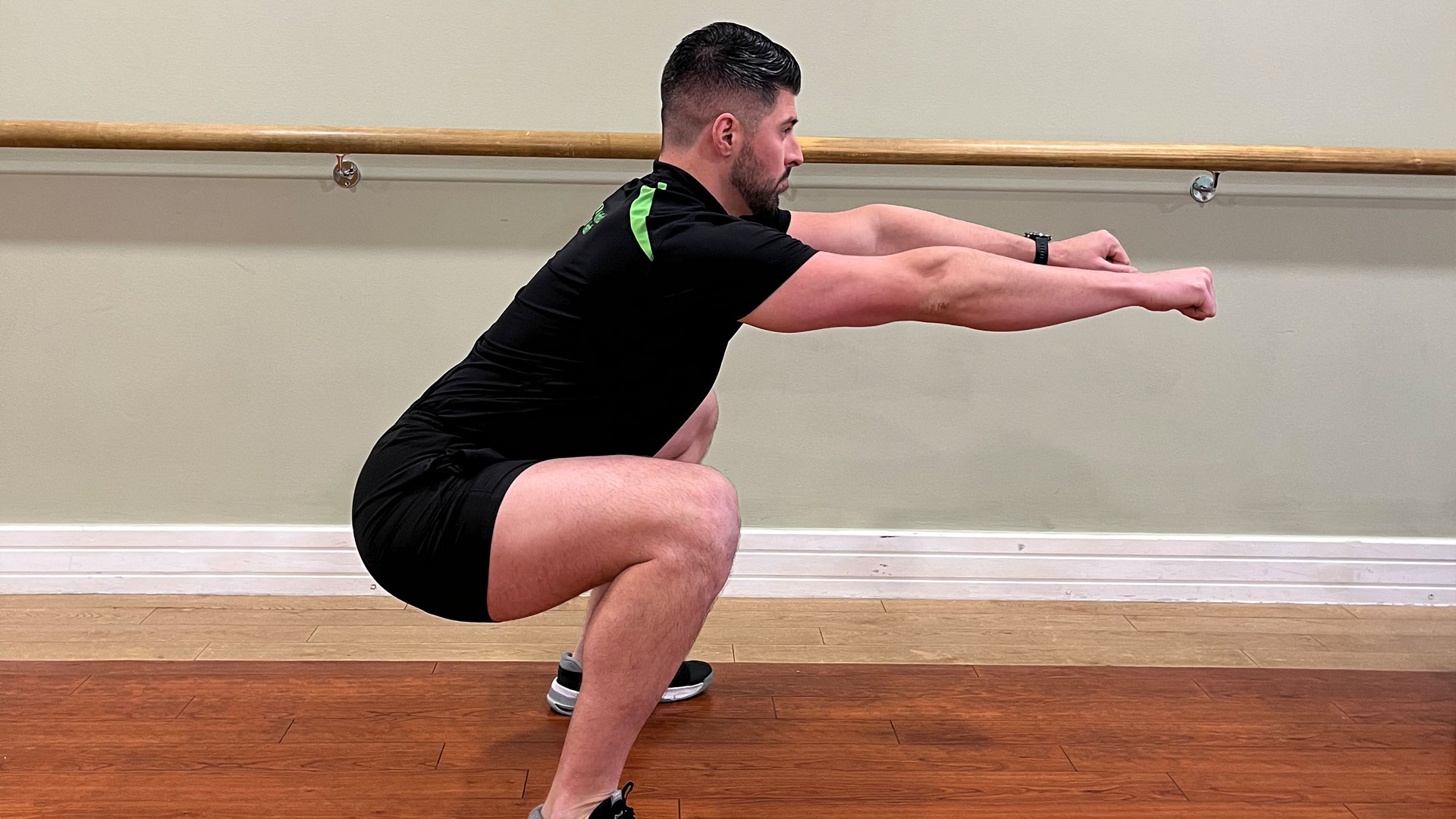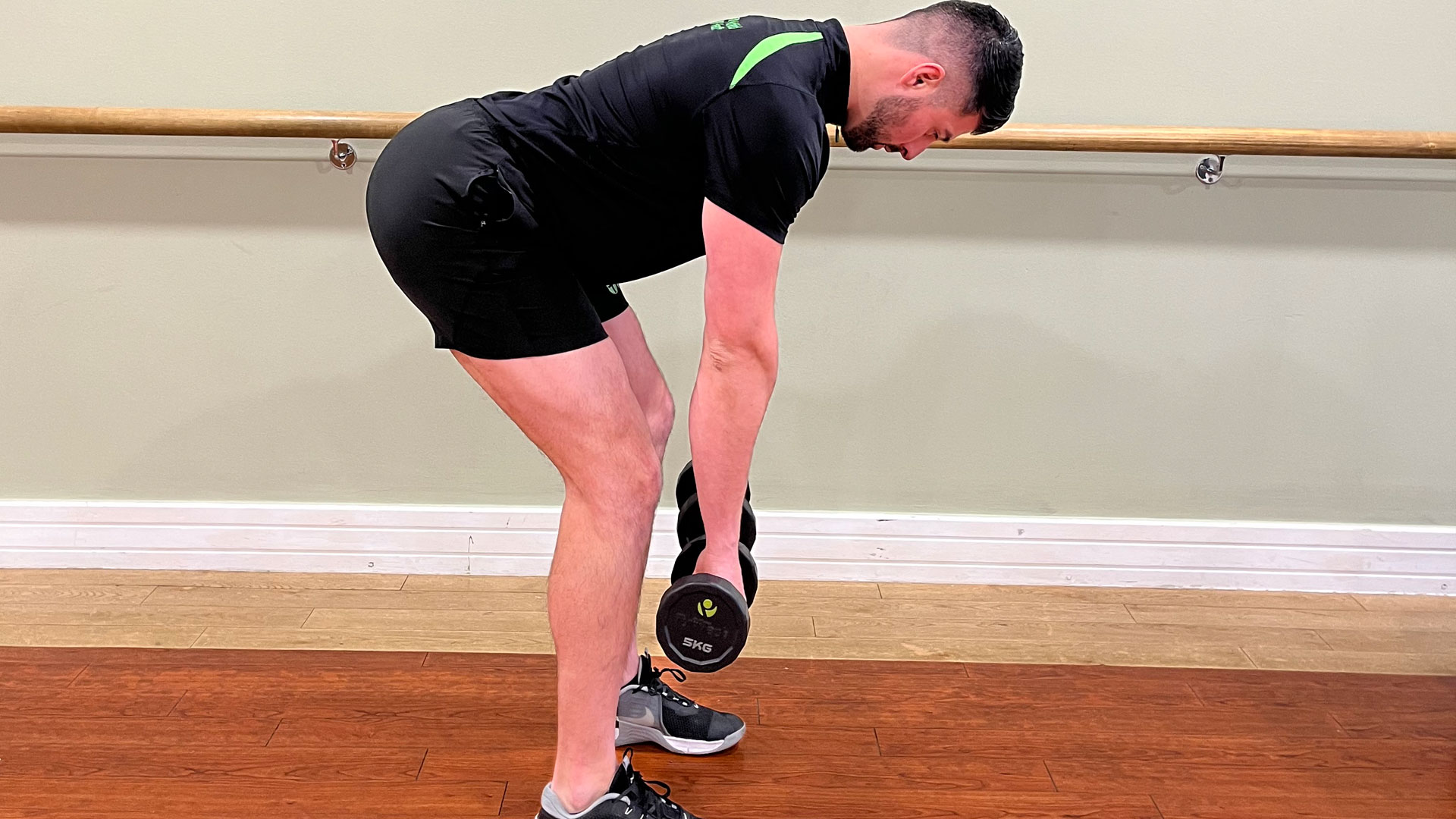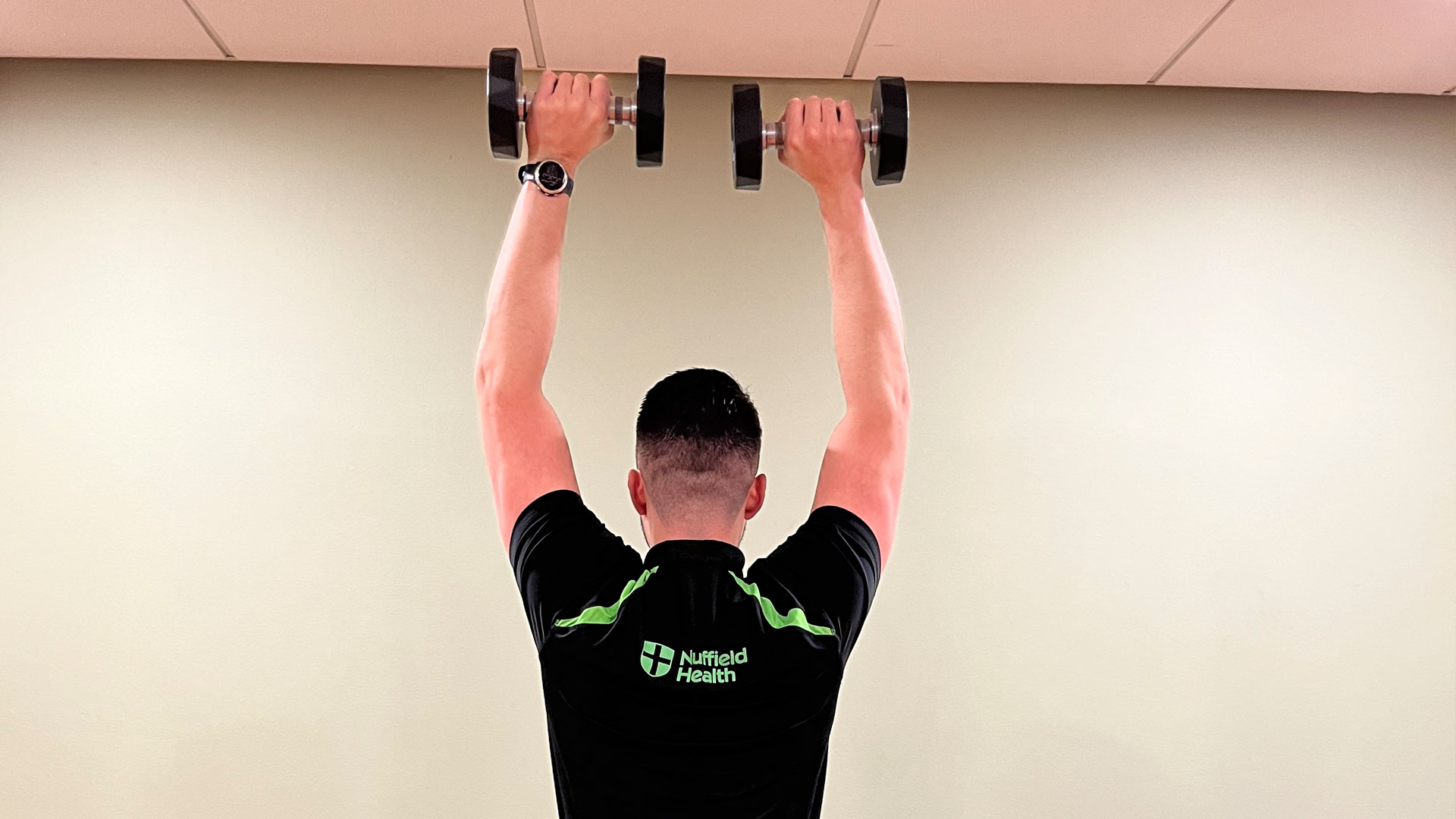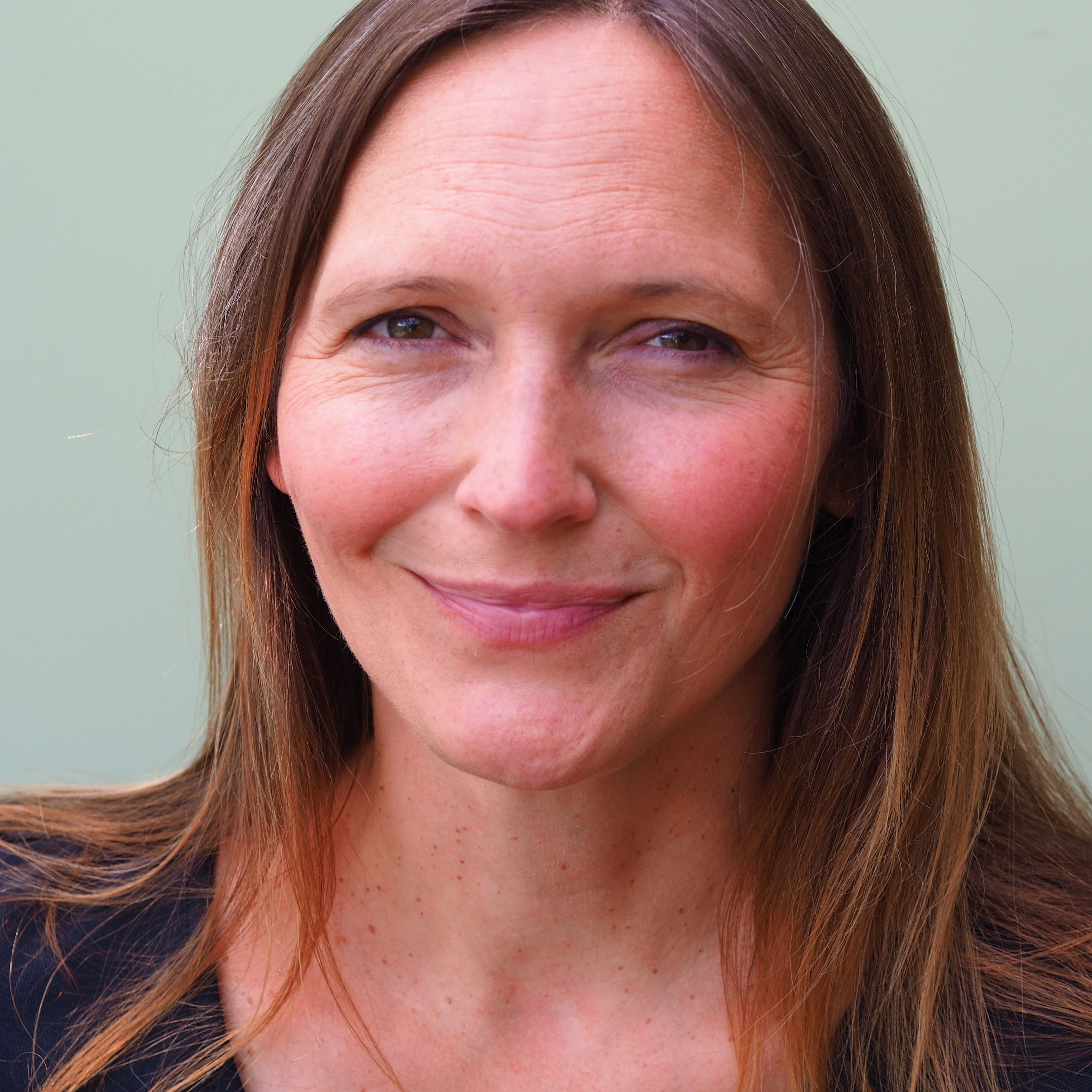Over 60? Build muscle with just six moves that are easy on your joints
Age well with our expert-led, muscle-building workout that’s gentle on joints


It can feel daunting to start a new exercise regime over the age of 60 but it doesn’t need to. Armed with the right information, we can build muscle at any age without punishing our joints.
If you’re already taking the best supplements for joints, considering your exercise regime is the next step to maintaining good joint health. While we naturally lose muscle mass as we age - which can affect our fitness and quality of life - research shows we can combat this decline by incorporating the right muscle and strength building exercise.
Sam Quinn - a personal trainer at Nuffield Health, who has worked with clients well into their 80s, has devised this workout specifically for older exercisers.
“Not only is it possible to build muscle over 60, but it’s vital in order to offset the natural muscle atrophy that occurs from middle age and to maintain bone density,” he says. “It’s also important to incorporate exercises that mimic everyday movements such as squatting, hinging forwards, pushing, and pulling. This helps ensure we can continue, for example, to get up from a chair with ease or pick up shopping or grandchildren.”
For tips on staying flexible, see our guide how to be more flexible.
The workout
The workout should take between 20 and 30 minutes.
Aim for three to four sets of six to12 reps each.
Start your week with achievable workout ideas, health tips and wellbeing advice in your inbox.
If you’re new to exercise and suffering from painful joints or other limiting factors, start with the ‘exercise regression’ options and gradually build up. You should also seek advice from a healthcare professional first.
If you haven’t got some of the best adjustable dumbbells, you can use tins of food instead.
Quinn also recommends a five-minute warm-up of gentle dynamic stretches such as shoulder rolls, knee raises, and neck rotations.
Bodyweight squat

- Stand with feet slightly wider than hip-width apart.
- Keeping your chest up, shift weight to heels, squatting down and back - as if sitting in a chair - until your hips are just below parallel to your thighs.
- Knees should be over toes but not in front of them.
- Pause, then push back up. That’s one rep.
Too much? Exercise regression: Reduce squat depth.
Not enough? Exercise progression: Add weight for a ‘goblet squat’
Reverse lunge

- With feet hip-width apart and chest up, step back into a lunge. Knees should be bent about 90 degrees, with the back knee just above the floor.
- Pause, then push back to standing.
- Repeat on the other leg.
- That’s one rep.
Too much? Exercise regression: Hold on to the back of a chair or countertop.
Not enough? Exercise progression: Add weights. Hold a dumbbell in each hand and lift them into a bicep curl as you step into the lunges.
Dumbbell deadlift

- Stand with feet shoulder-width apart, arms by sides, a dumbbell in each hand.
- Bending your knees, hinge forwards from the hips, with a straight back until your torso is almost parallel with the floor.
- Allow arms to hang down.
- Pause, then squeeze your glutes and push back to standing. That’s one rep.
Too much? Exercise regression: Complete the move without weights
Not enough? Exercise progression: ‘Banded deadlift’. (See it in this resistance band workout)
Overhead press

- With feet shoulder-width apart, hold a dumbbell in each hand at shoulder height, elbows bent, palms facing forwards.
- Straightening your arms raise the weights slowly above your head, pause, then lower back down. That’s one rep.
Too much? Exercise regression: Complete the move without weights
Not enough? Exercise progression: Increase the weight or try a resistance band overhead press (See this resistance band workout.)
Knee push up

- On all fours, walk hands forwards, so your weight is over your top half (hands under shoulders).
- Slowly lower your chest to just above the floor, elbows pointing outwards, back straight.
- Straighten your arms and slowly push back up.
- That’s one rep.
Too much? Exercise regression. Standing press-up
Not enough? Exercise progression: Full bodyweight push-up. See How to do a push up.
Single-arm dumbbell row

- With legs shoulder-width apart, knees slightly bent, hold a dumbbell in one hand, palm facing in.
- Hinge forwards from hips to a 45-degree angle, back straight, holding a chair or surface with your other hand.
- Pull the dumbbell up to chest height. Lower to complete the rep on one side. Repeat all the reps on the same side before switching to the other arm.
Too much? Exercise regression: Complete the move without weights.
Not enough? Exercise progression: Increase the weight.
Claire is a freelance health, fitness and food journalist who has written for titles including Women’s Health, Top Santé, Woman & Home, Feel Good You, the Telegraph and Independent. She has a passion for being outside in nature and you’re more likely to find her walking in the woods or joining an exercise class in the park than pounding a treadmill in the gym. She also has a special interest in nutrition and healthy eating, having previously been Food Editor at Top Santé magazine. Her top fitness tip? Take your exercise outdoors wherever possible. It has been shown to boost the physical as well as mental health benefits of a workout and also to make you more likely to want to do it again!
